Instrument enclosures, enclosed in metal or plastic housing, safeguard electronic components. Due to their delicate wiring, these components often need to be shielded from dust, water, and unintentional touch. In addition, being contained helps to inhibit the entry of solid and liquid foreign items from reaching these units. Read More…
Maysteel provides complex sheet metal fabrication with a focus on design for manufacturing. Founded in 1936, we combine our extensive engineering experience and market knowledge with an expanding supply chain footprint, allowing us to fabricate products that others can’t. We design, engineer and manufacture custom OEM sheet metal enclosures, kiosks, cabinets and racks. We have locations in the...
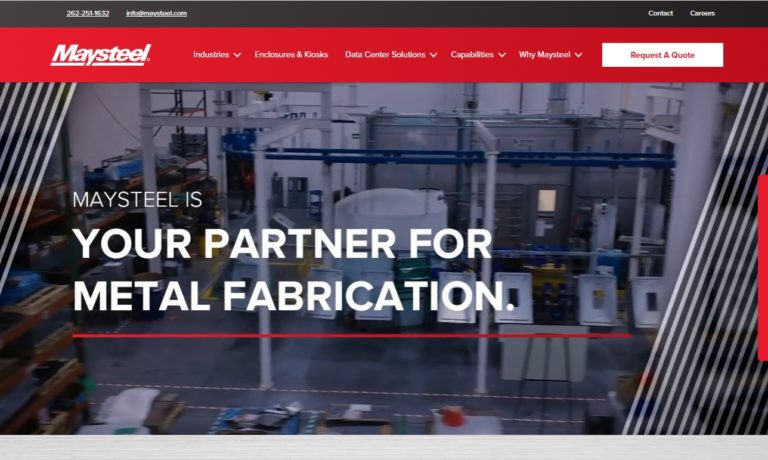
ROLEC Enclosures Inc. is a leading manufacturer of electronic enclosures. We work without clients’ needs and requirements to find the best solution for them. We also make fully customized enclosures to be ready for use immediately. Give us a call today learn how ROLEC Enclosures can help you will all your enclosure needs.
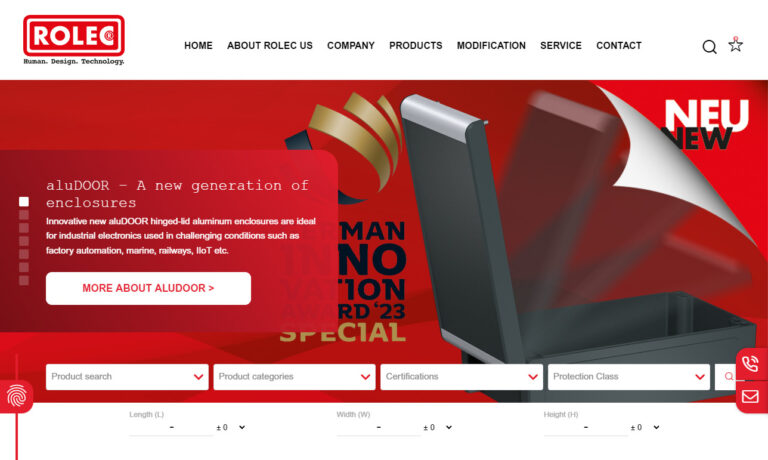
AutomationDirect.com takes pride in being a trusted partner for businesses seeking reliable electronic enclosure solutions. Our team is dedicated to providing exceptional customer service and technical support to ensure that our customers find the perfect products to meet their needs.
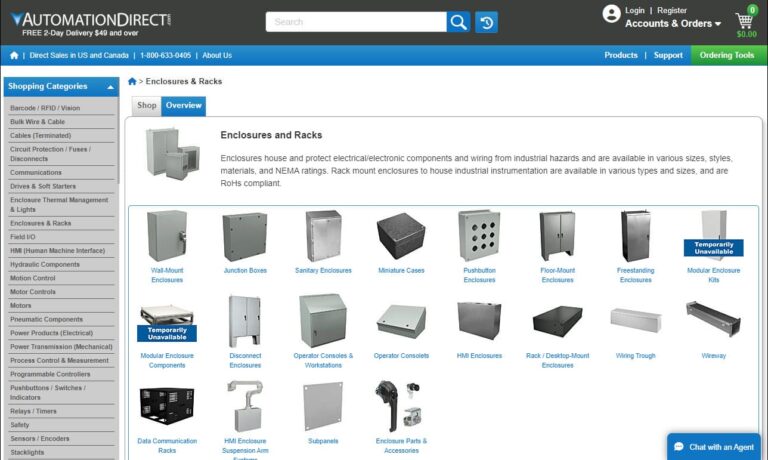
With over 80 years of collective expertise, AMCO Enclosures stands as a pioneer in crafting and delivering top-notch electronic enclosures. Our forte lies in electronic packaging, server rack, network rack, and containment manufacturing, making us the go-to choice for diverse industries.
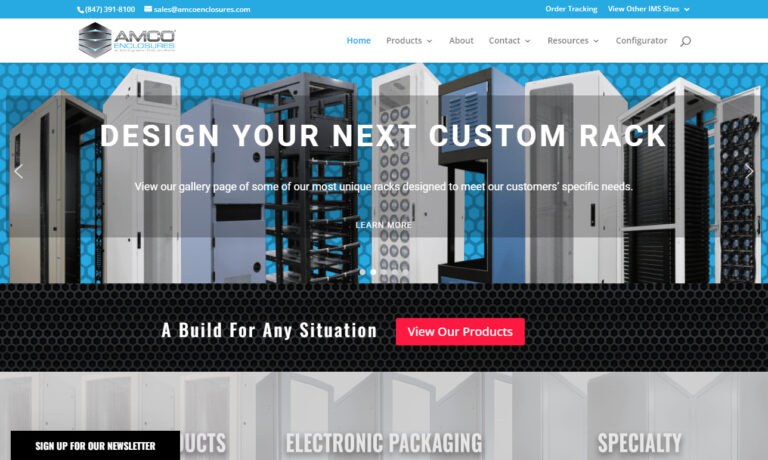
At Accurate Metal Fabricating, we specialize in crafting precision-engineered electronic enclosures that meet the unique demands of modern industries. With a relentless commitment to quality, we pride ourselves on providing cutting-edge enclosures that safeguard electronic components with unparalleled accuracy. At the heart of our success is a passion for innovation, driving us to create...
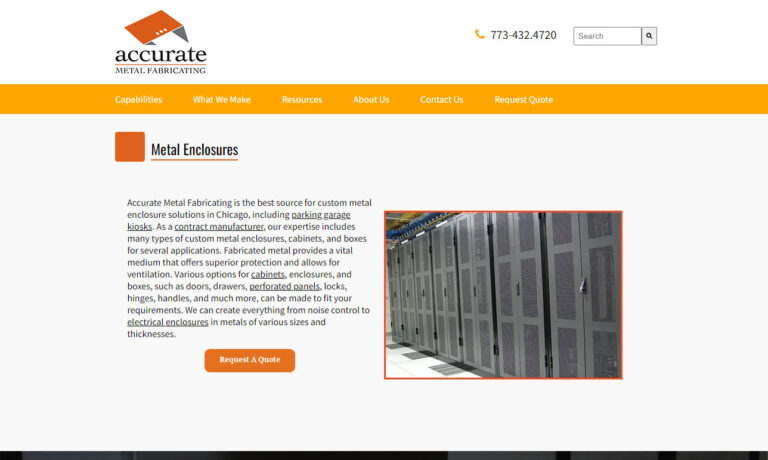
Fibox Enclosure Systems is one of the largest enclosure manufacturers in the world and is the market leader in thermoplastic enclosures used for protecting electrical and electronic components in hostile and hazardous environments. Fibox recently celebrated over 40 years as a designer and manufacturer of thermoplastic enclosures. Besides pioneering polycarbonate enclosure products, Fibox has...
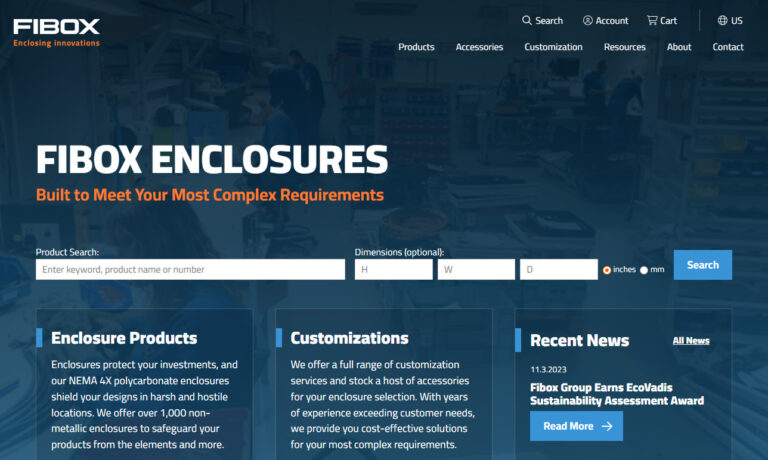
SPM manufacturers a wide range of NEMA rated electronic enclosures. We are certified by UL to manufacture and sell various enclosure types such as 1, 3R, 4, 4X, 12K, and 13. Each type or rating is manufactured and tested to provide a degree of protection against certain environmental conditions per the standards of UL and NEMA.
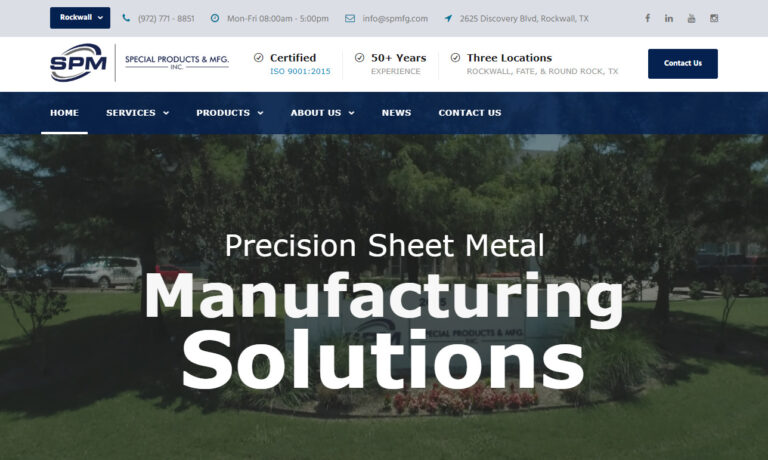
More Instrument Enclosure Manufacturers
Aluminum, acrylonitrile butadiene styrene (ABS) plastic, stainless steel, and, for some models, polyester reinforced with fiberglass are the materials used to make instrument enclosures. These instrument enclosures are made to safeguard delicate, field-mounted equipment and maintain their temperature reliably.
Instrument enclosures made of fiberglass have strength comparable to that of stainless steel. In addition, fiberglass has several advantages over other materials, including its minimal weight, immunity to corrosion, and superior chemical and flame resistance. For simple assembly and appealing visual design, on the other hand, many contemporary instrument enclosures are made of lightweight aluminum employing a combination of diecast, extruded, and fabricated elements.
These enclosures come with separate anodized front and rear panels for quick mounting of controllers, displays, and connectors. These enclosures are typically used as instruments in health and wellness environments as testing and measuring tools, controllers, and monitoring systems. All instrument enclosures are customizable and can be modified to fit PCBs and other electrical parts.
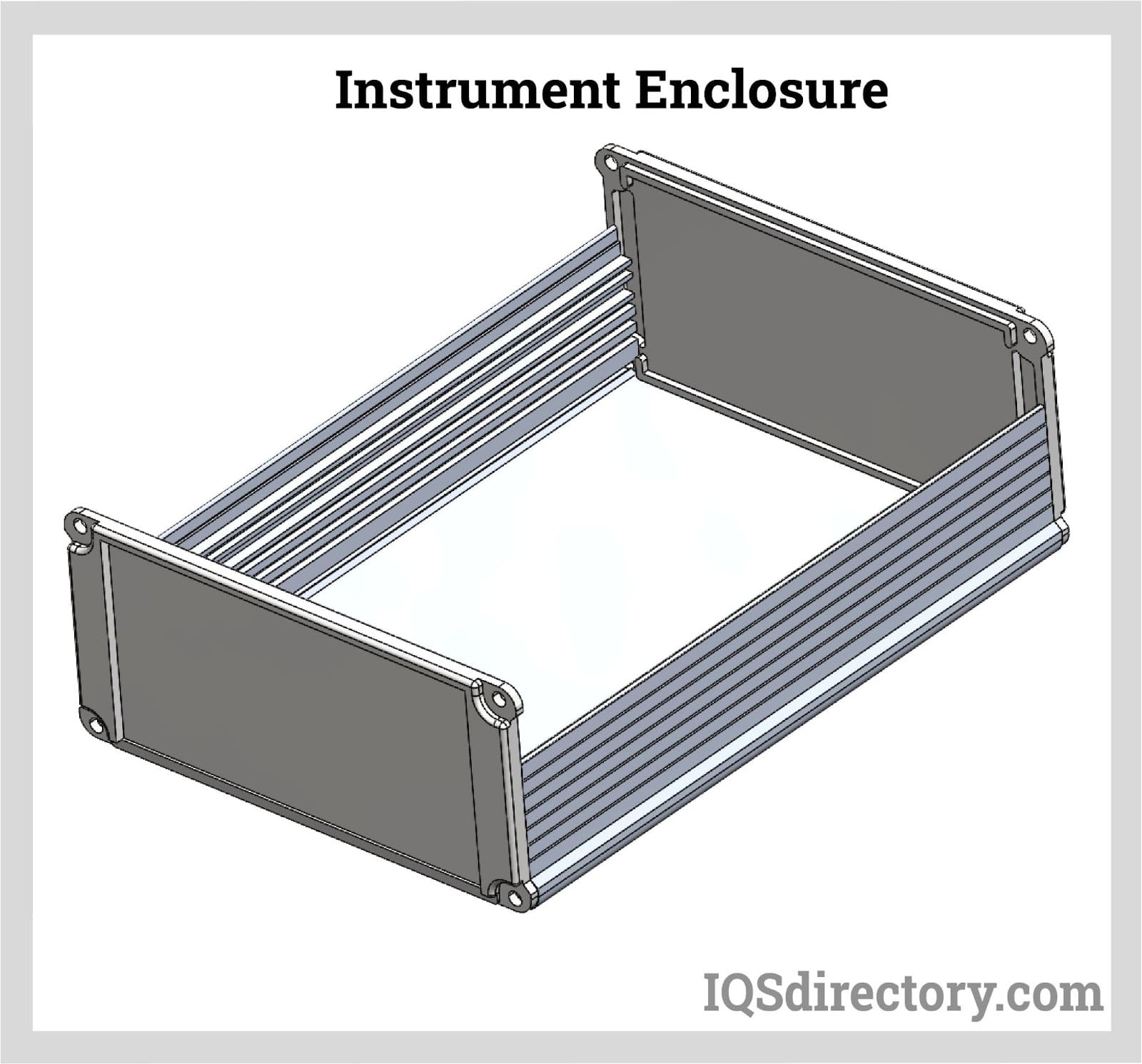
Designs of Instrument Enclosures
Many different instrument enclosures are available to fit many electronic instruments. Enclosures can be made specifically to fit the shape of small portable equipment and are created to offer long-lasting protection and shock absorption. In addition, enclosures can typically protect desktop instruments from spills and unintentional touches in a box-like container that is durable and reasonable in size.
Wall-mounted enclosures protect their contents from dust, filth, splashing water, and unwanted touch while keeping them close to the electronic equipment these instruments regulate. Depending on the application, an instrument enclosure's components may need to change. Slide-on coverings or an LCD screen cutout are two options for hand-held enclosures.
While wall-mounted enclosures are commonly hung on DIN rail and have the flexibility to slide into position, desktop enclosures frequently incorporate vents, handles, locking mechanisms, and membrane keyboards.
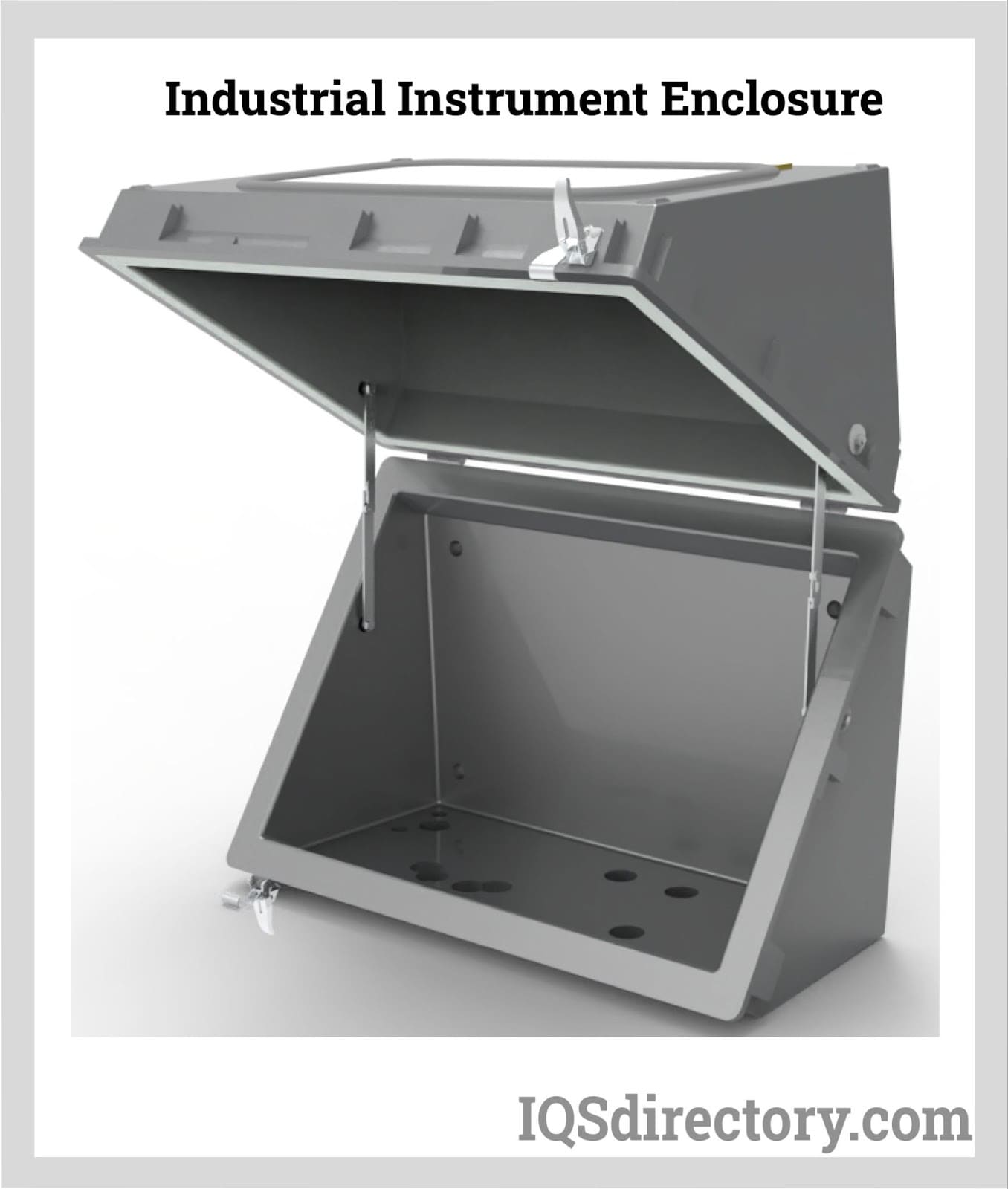
Other types of instrument enclosures include watertight gaskets made of neoprene, transparent lids or covers, recessed regions for labels or keypads, cylinder catches, lock covers, thermometers, drains, air dryers, and special coatings designed to protect the contents from EMI/RFI or static electricity (electromagnetic and radio frequency interference). Aluminum is often extruded, but cold-rolled sheet metal can also be used to create metal enclosures with a clean seam. Due to their corrosion resistance, durability, and weight, plastics, fiberglass, and composite materials are becoming more popular in some applications for these enclosures.
Benefits of Instrument Enclosures
- Workers could be exposed to many dangers during laboratory testing of pharmaceutical medication ingredients. When utilizing test instruments and performing sample preparation tasks, minute amounts of airborne pollutants are present during testing and powder-handling operations. When working with dangerous or strong medicinal substances, enclosures and enclosure systems offer staff a secure handling and testing environment.
- Desktop instruments can be contained in small, strong enclosures that protect them from spills and other unintended touches. In addition to keeping them close to the electrical equipment they control, wall-mounted enclosures shield the instruments from undesired touches and contact with dust, dirt, splashing water, and lint.
- LEV systems and instrument enclosures provide excellent containment with minimal energy use and are created with the person and the particular activity in mind. In a pharmaceutical setting, for example, staff can operate comfortably in a secure atmosphere while handling medication powder in their laboratory thanks to the accessibility provided. As the needs of this laboratory evolve, its modular architecture will enable future upgrades and installation to be performed.
Applications of Instrument Enclosures
- Instrument enclosures are used in various contexts, including testing and monitoring systems and in the pharmaceutical and medical sectors. Because they offer reliable protection, desktop, and portable enclosures are essential for the efficient operation of critical electronic instrumentation devices. In the scientific community, instrument enclosures are used for various purposes. Whether housed in attractive enclosures for laboratory equipment and control panels or sturdy instrument enclosures for testing and monitoring devices, numerous applications require the trustworthy, delicate security provided through instrument enclosures.
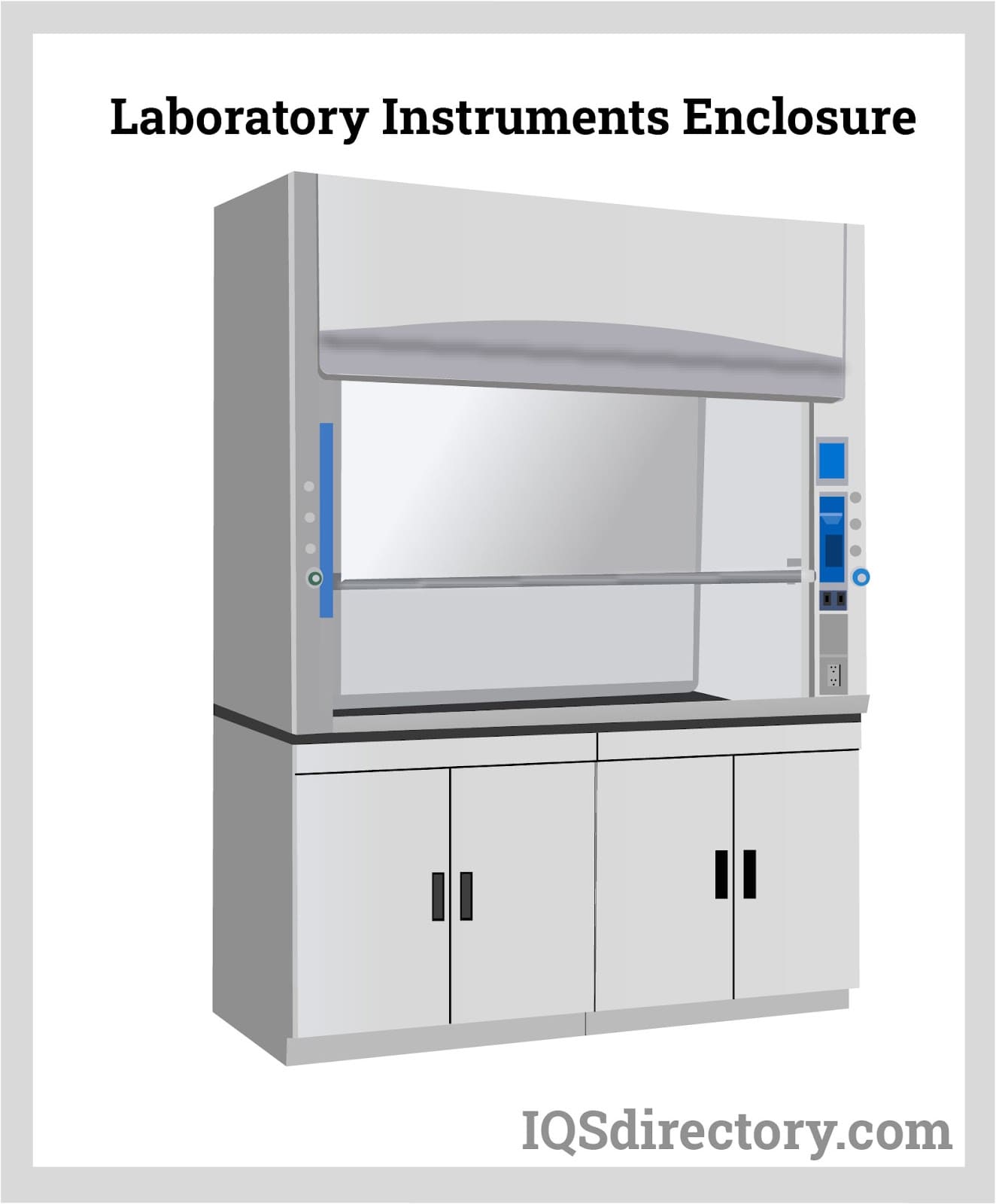
- businesses are becoming more and more dependent on a network of interconnected devices to increase productivity and foster better decision-making
- As a result, it is crucial to keep a strong chain of command. Instrument enclosures provide the highest level of security for these devices and, therefore, guarantee that the data required to make decisions is never interrupted.
Selecting the Right Instrument Enclosure Manufacturer
To make sure you have the most beneficial outcome when purchasing an instrument enclosure from an instrument manufacturer, it is important to compare several companies using our directory of instrument enclosure manufacturers. Each instrument enclosure manufacturer has a business profile page highlighting their areas of experience and capabilities, along with a contact form to directly communicate with the manufacturer for more information or request a quote. Review each instrument enclosure business website using our proprietary website previewer to quickly learn what each business specializes in. Then, use our simple RFQ form to contact multiple instrument enclosure companies with the same form.

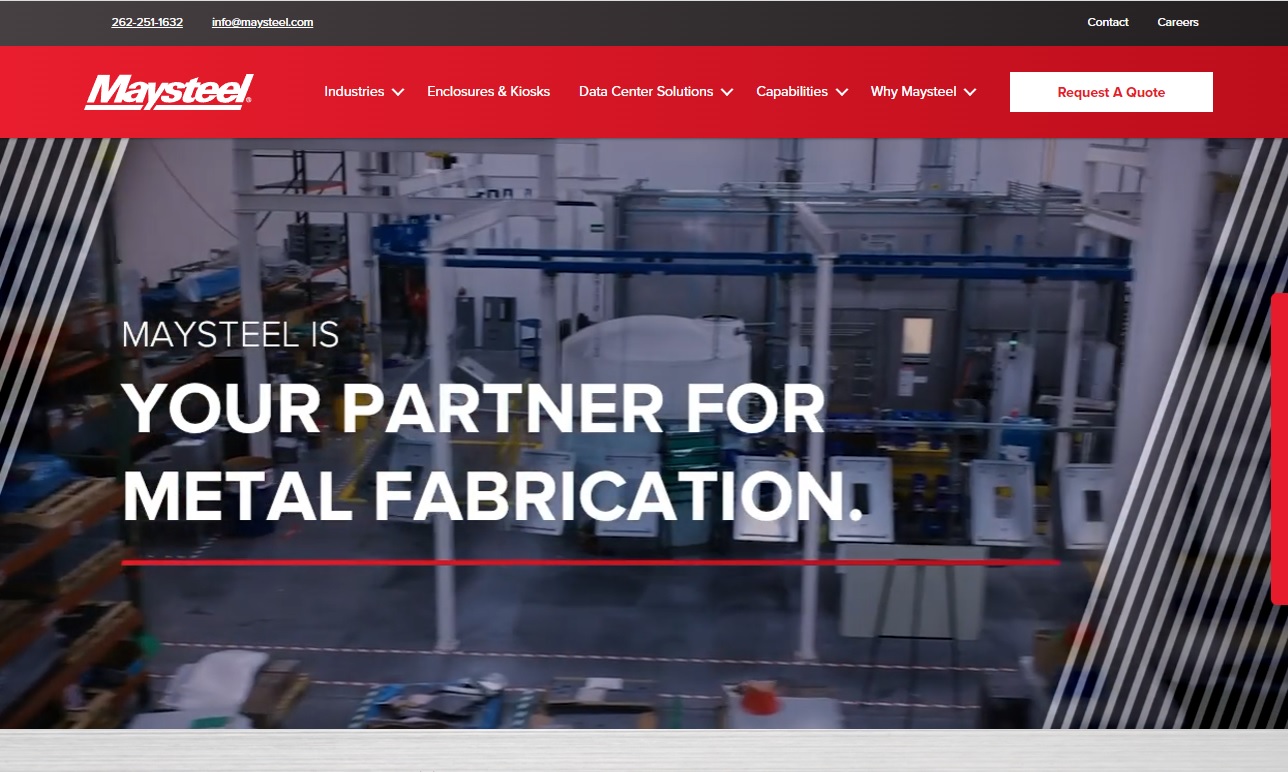
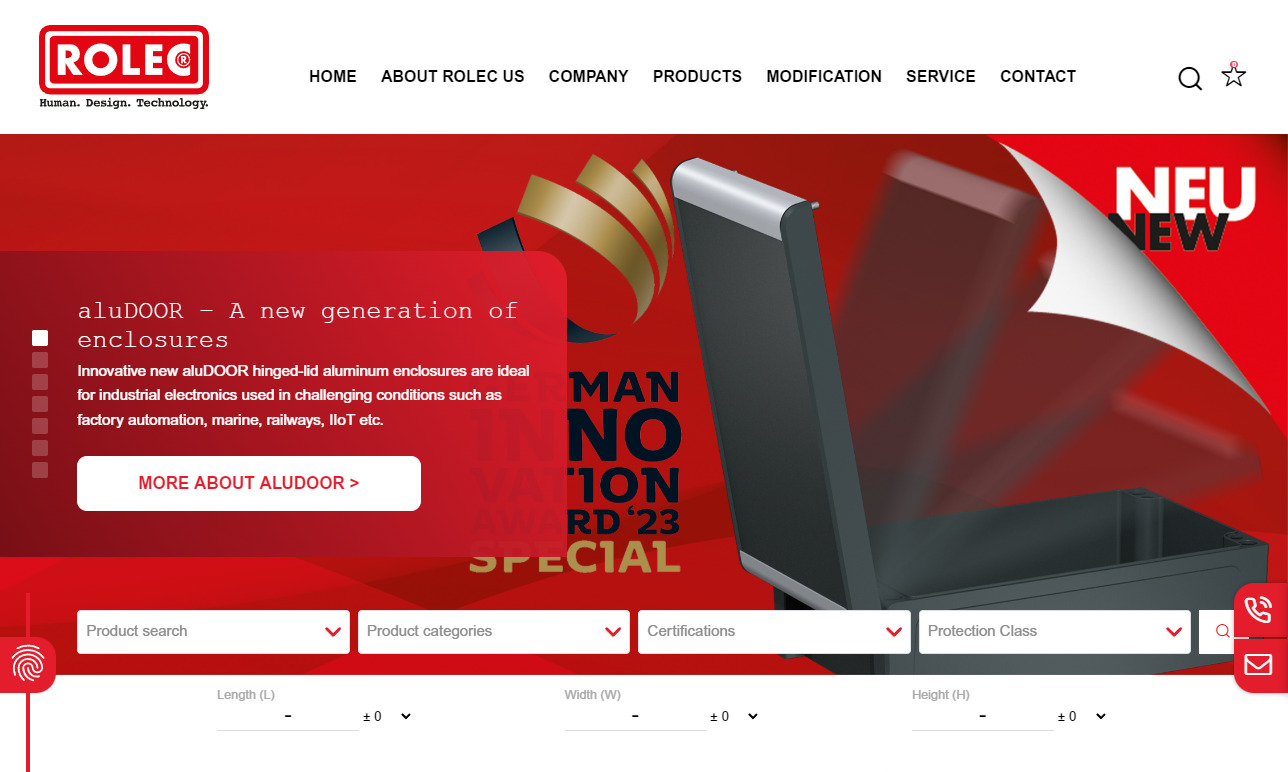

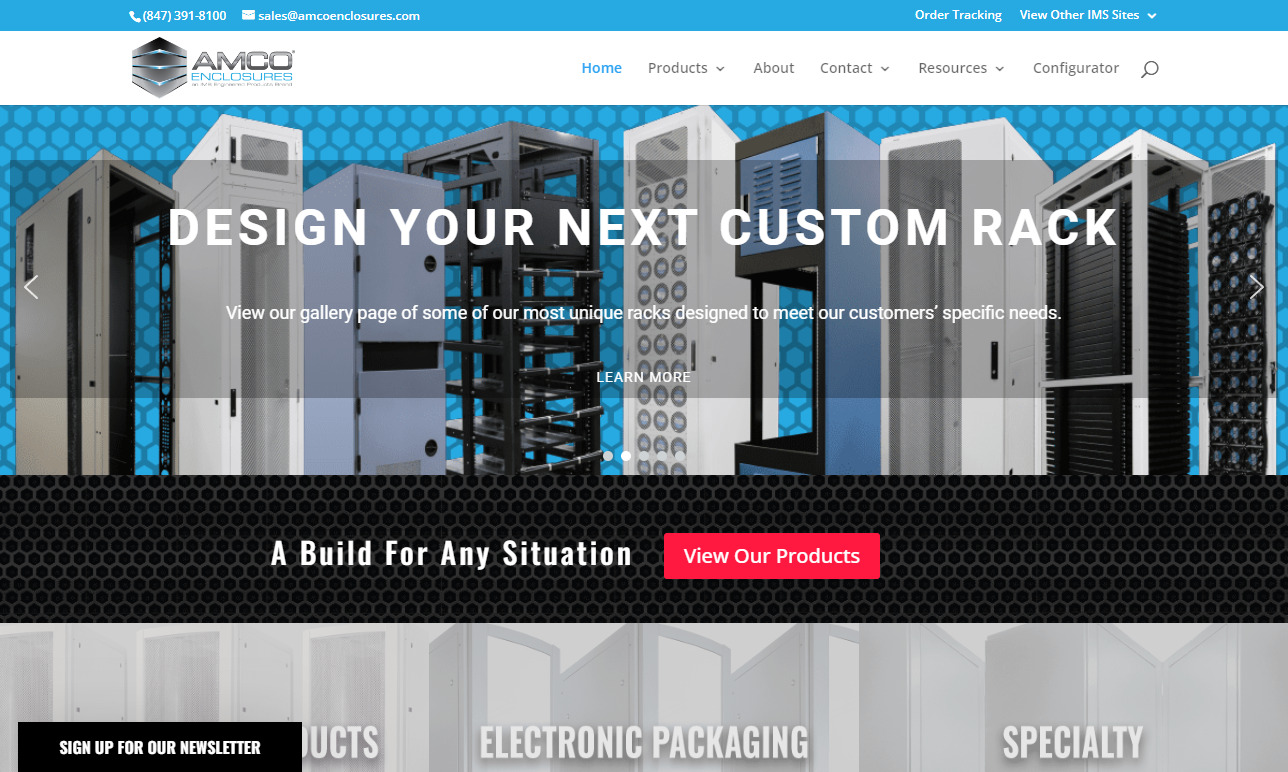
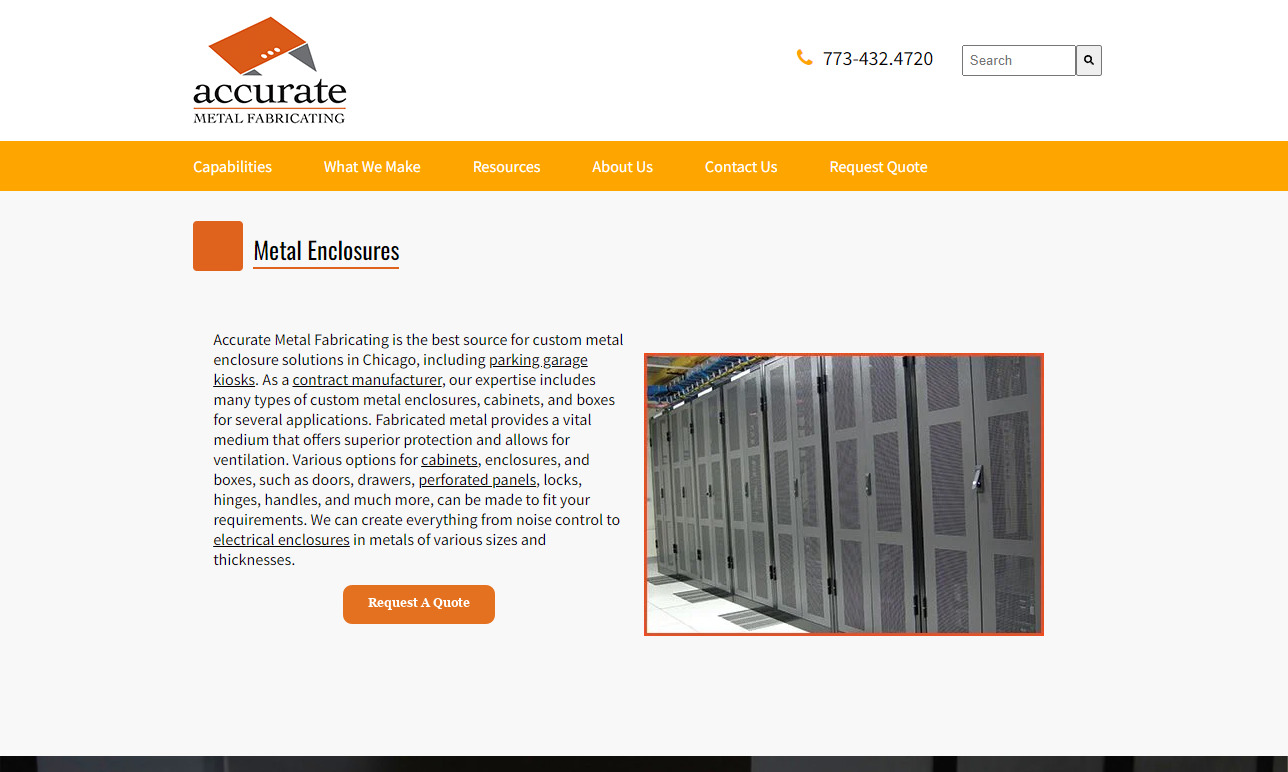
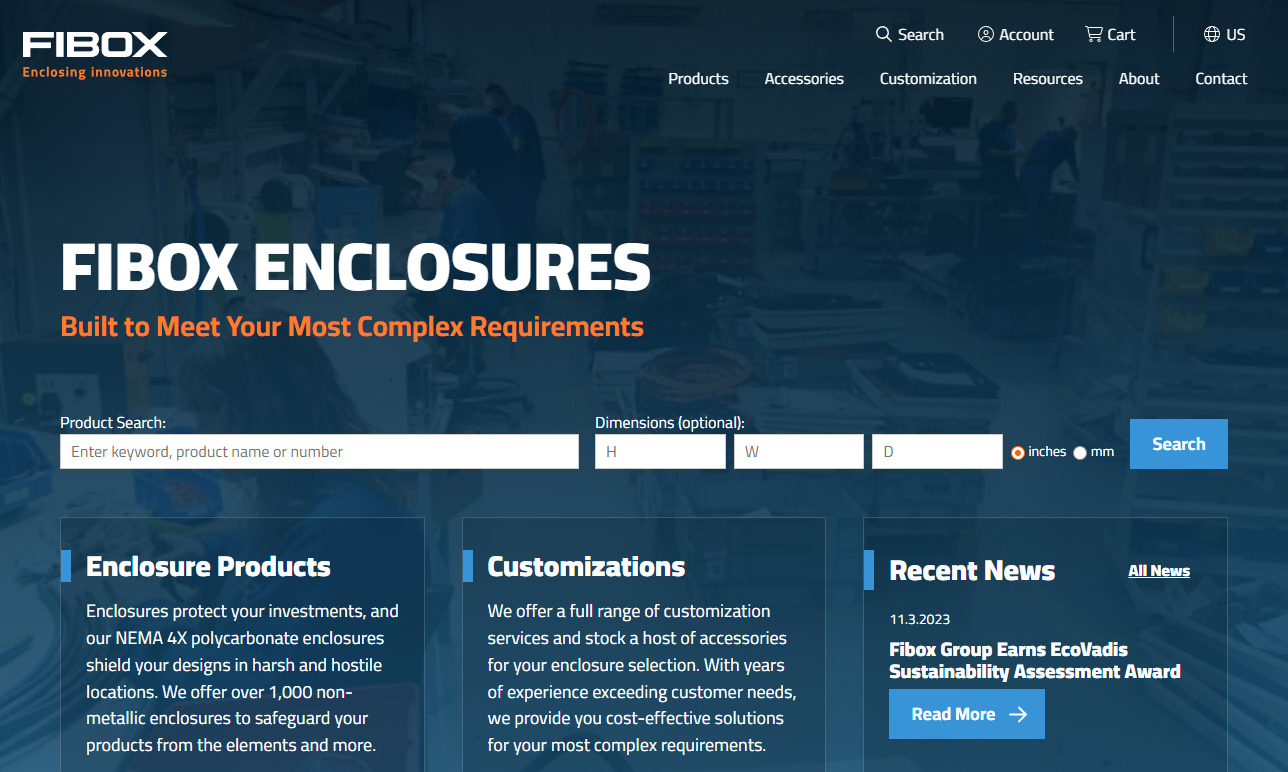
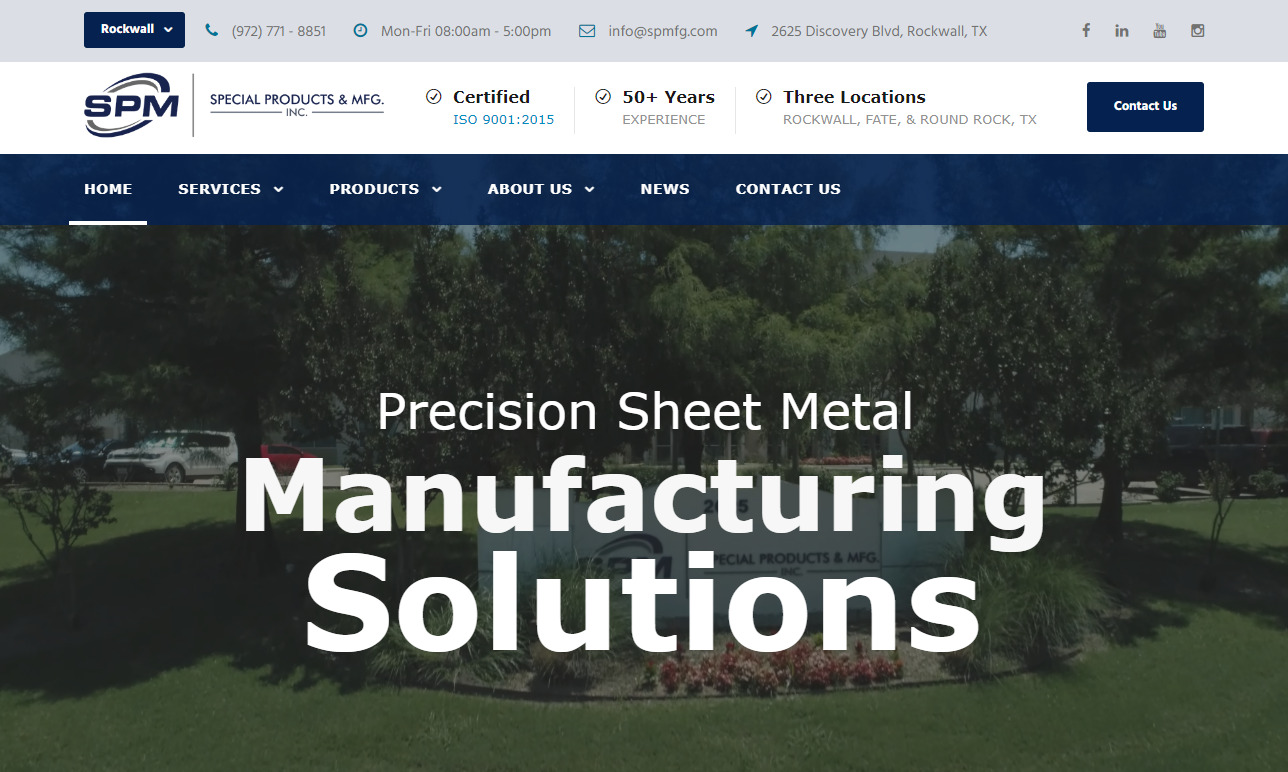
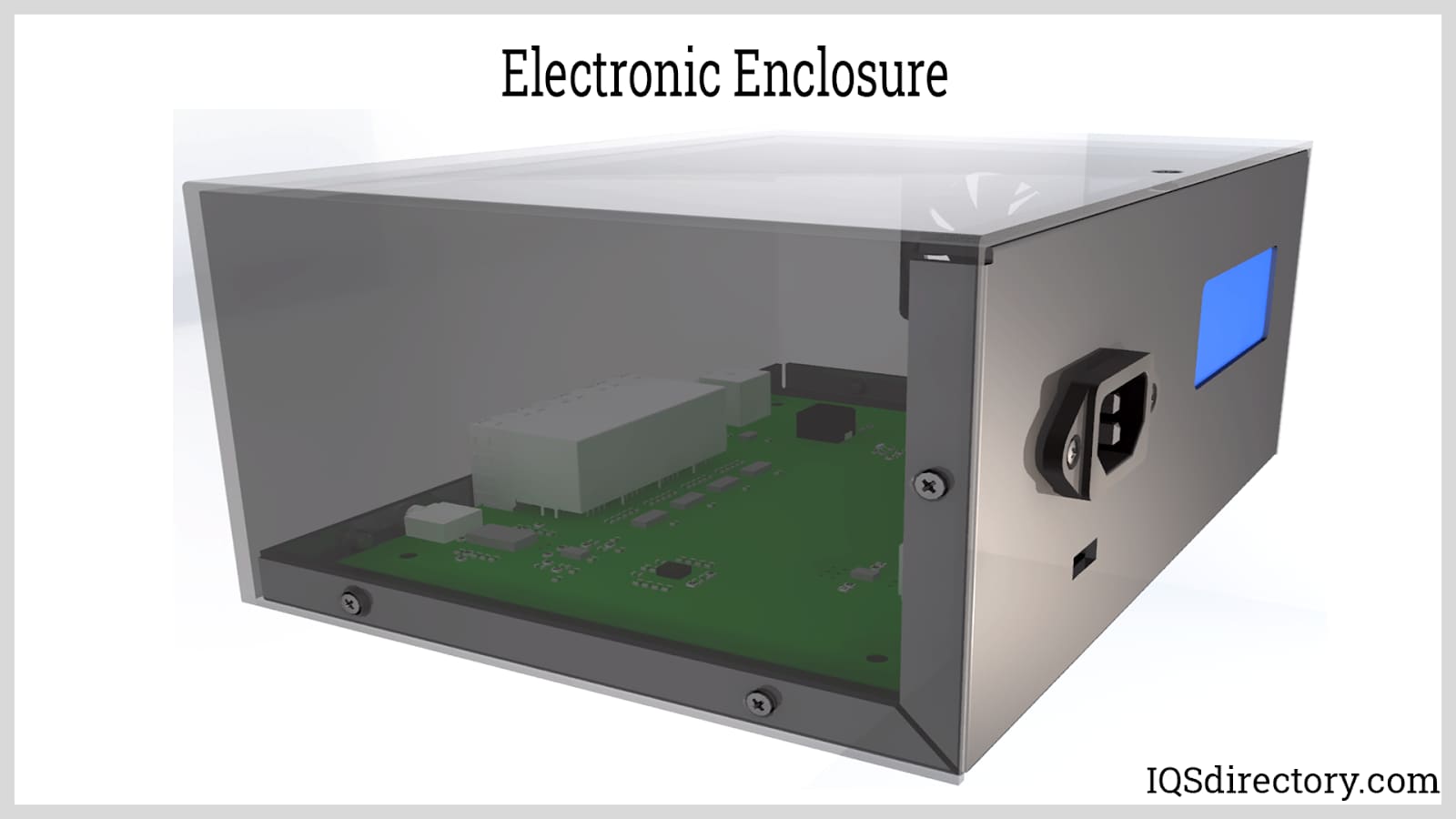
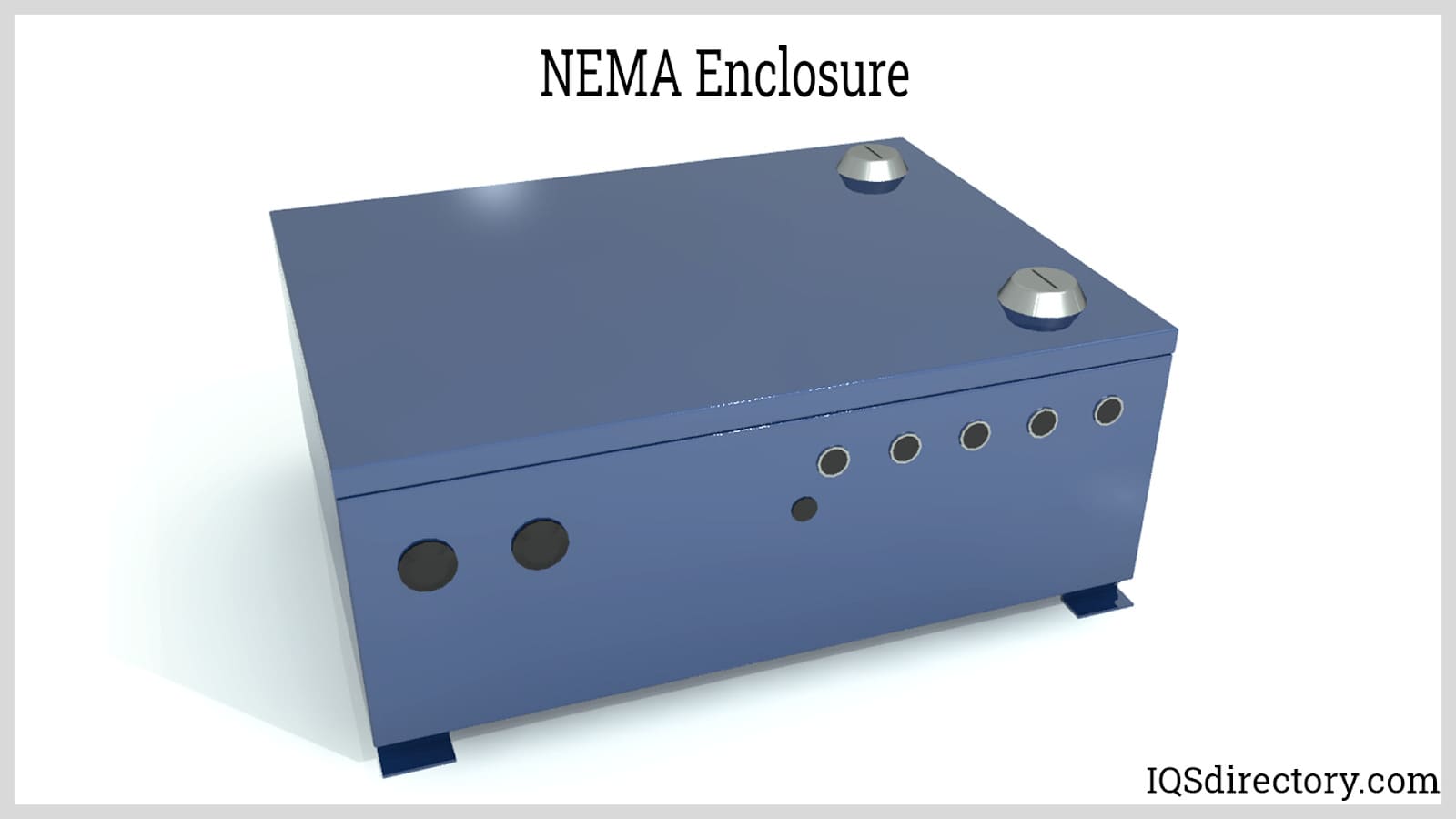
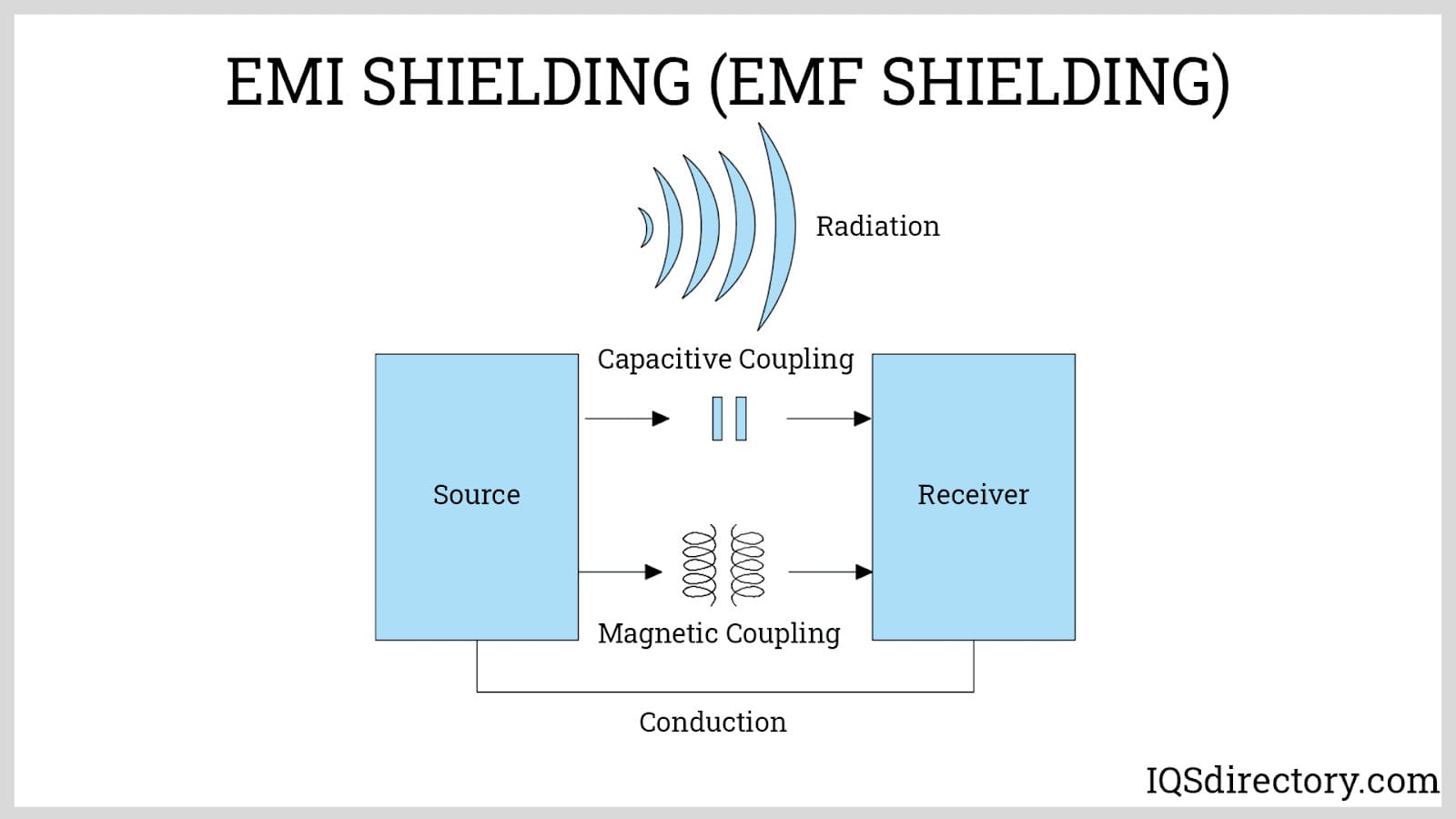
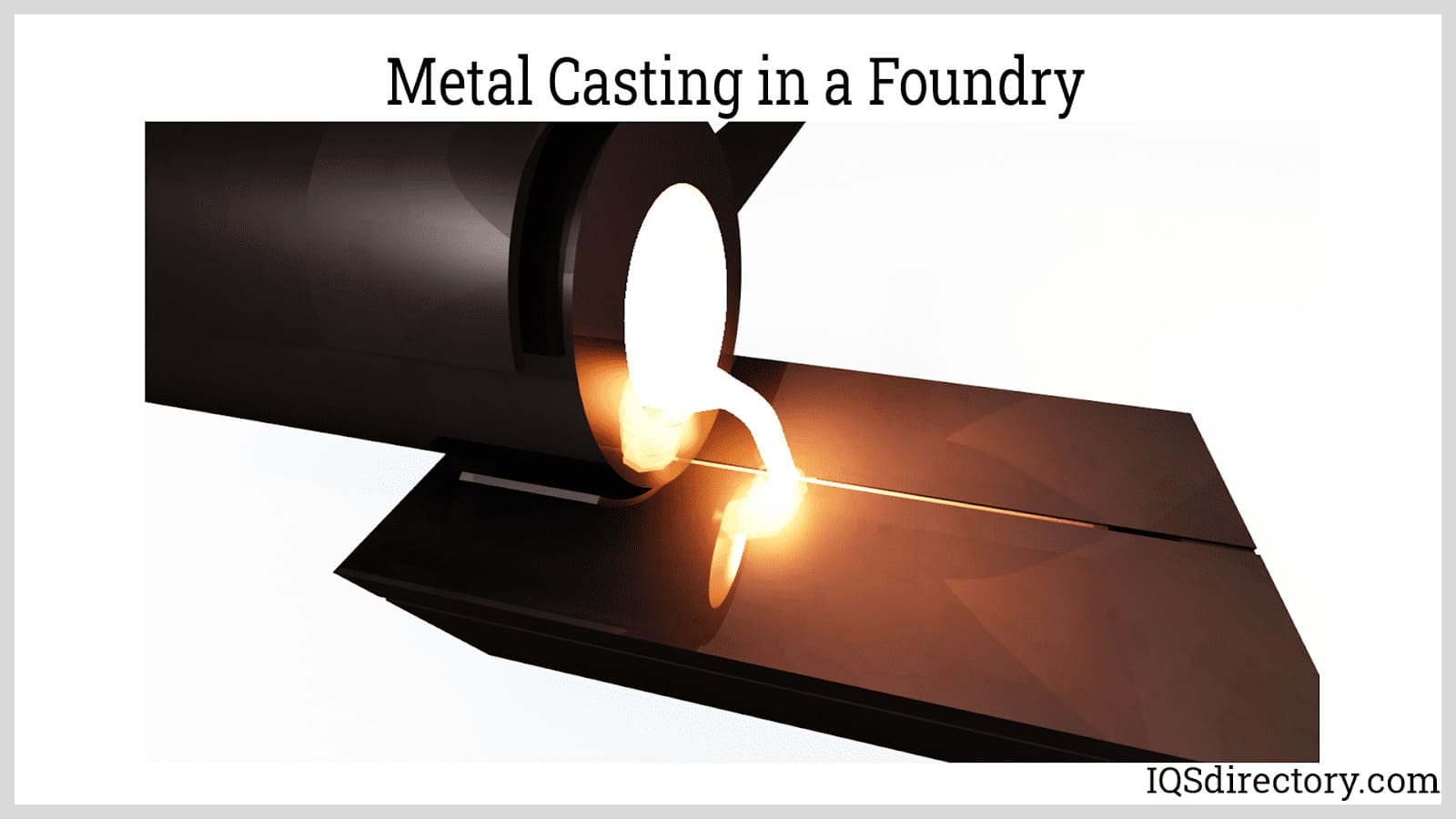
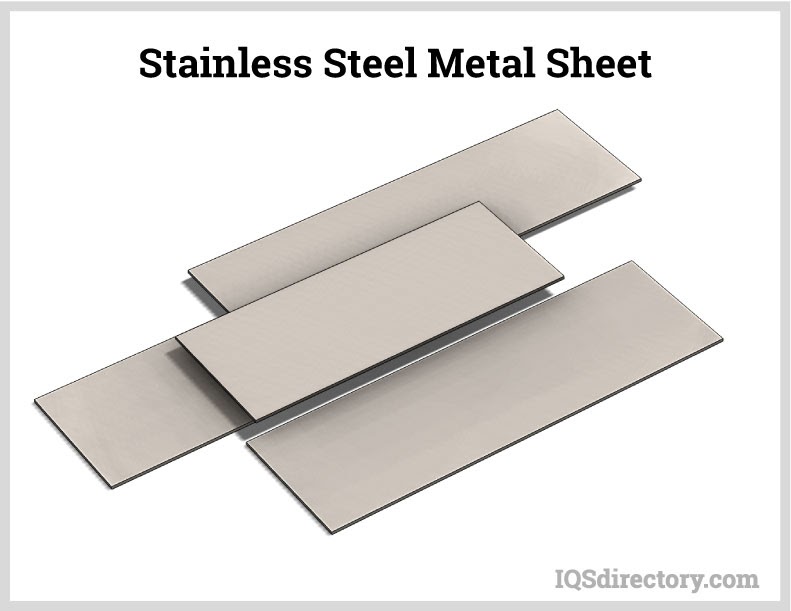
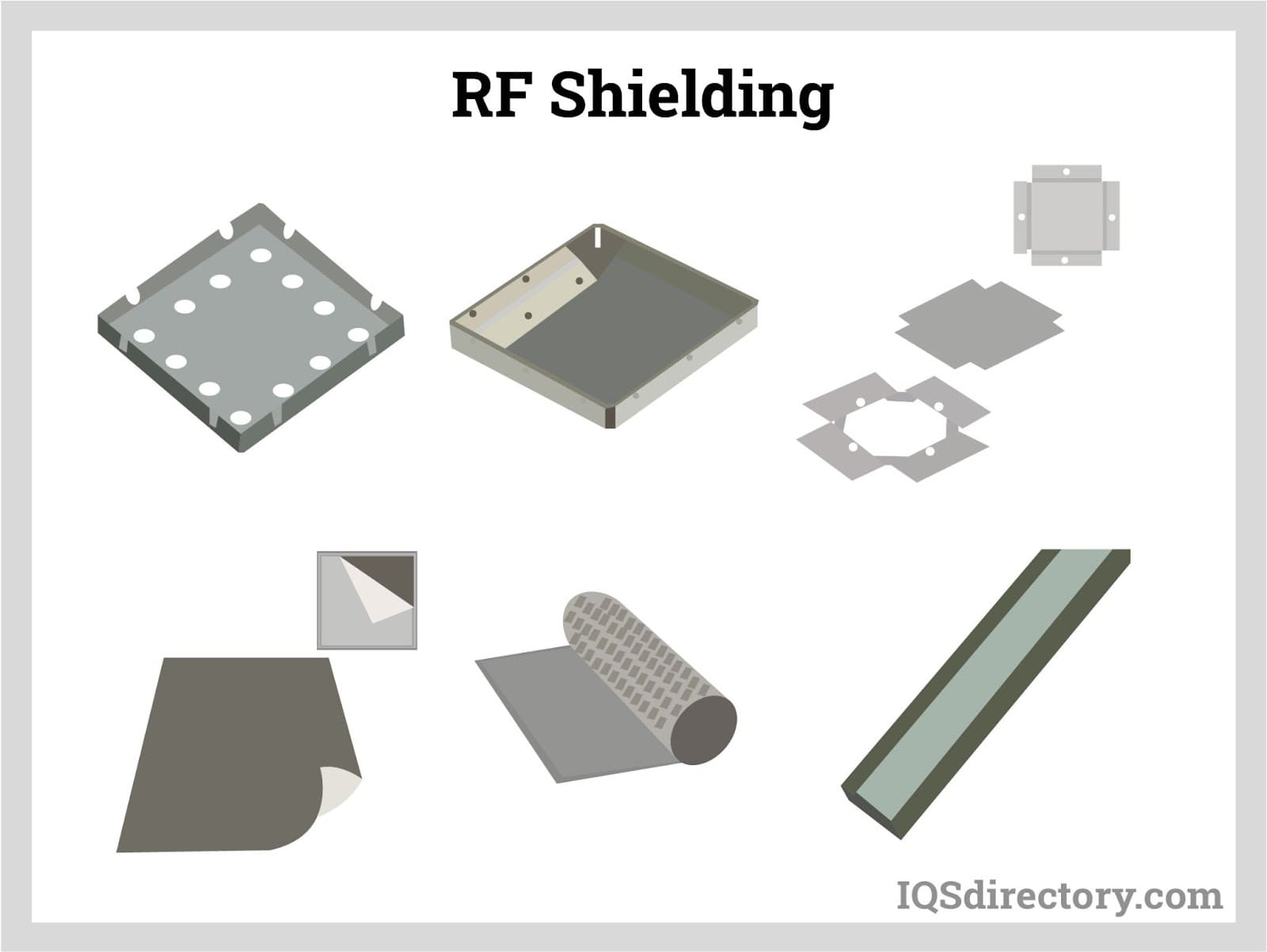
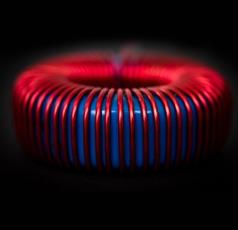 Electric Coils
Electric Coils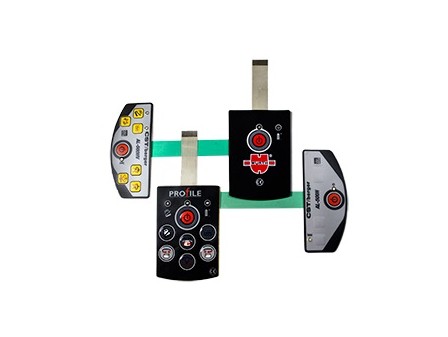 Electric Switches
Electric Switches Electric Transformers
Electric Transformers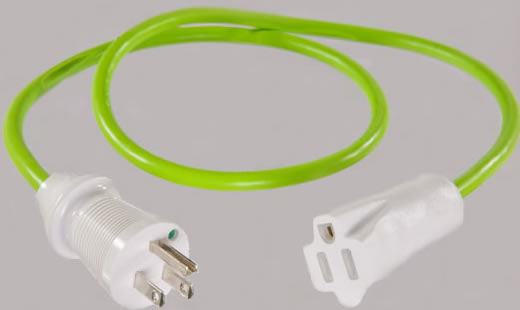 Electronic Connectors
Electronic Connectors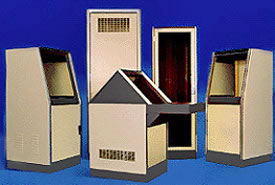 Electronic Enclosures
Electronic Enclosures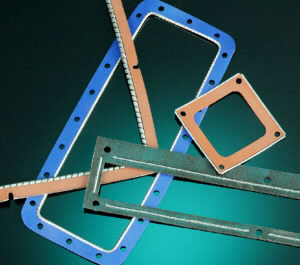 EMI Shielding
EMI Shielding Membrane Switches
Membrane Switches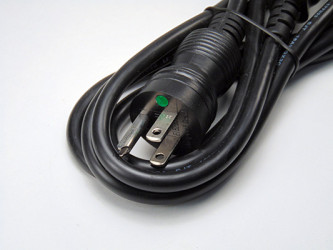 Power Cords
Power Cords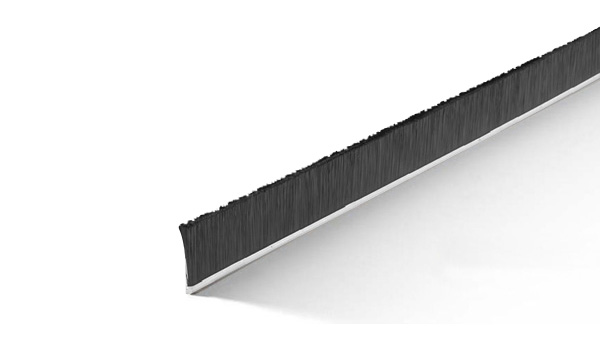 Static Eliminators
Static Eliminators Castings & Forgings
Castings & Forgings Bulk Material Handling
Bulk Material Handling Electrical & Electronic Components
Electrical & Electronic Components Flow Instrumentation
Flow Instrumentation Hardware
Hardware Material Handling Equipment
Material Handling Equipment Metal Cutting Services
Metal Cutting Services Metal Forming Services
Metal Forming Services Metal Suppliers
Metal Suppliers Motion Control Products
Motion Control Products Plant & Facility Equipment
Plant & Facility Equipment Plant & Facility Supplies
Plant & Facility Supplies Plastic Molding Processes
Plastic Molding Processes Pumps & Valves
Pumps & Valves Recycling Equipment
Recycling Equipment Rubber Products & Services
Rubber Products & Services